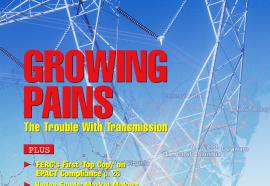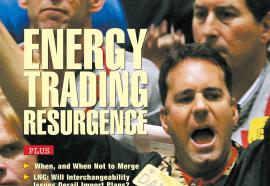Navigating Nuclear Risks
New approaches to contracting in a post-turnkey world.
Sponsors of new nuclear power projects face a gauntlet of development challenges, from fickle regulatory policies to supply chain uncertainties. By preemptively addressing risks and taking a systematic, hands-on approach to development, companies can improve chances for a nuclear renaissance in America.









